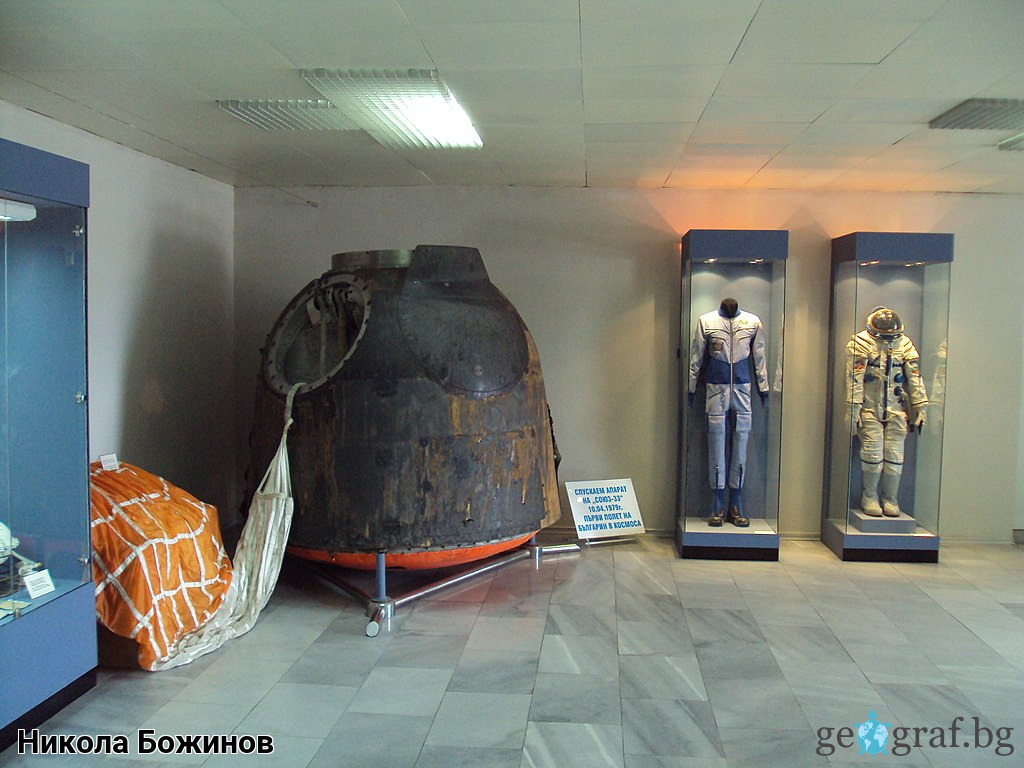The footage was captured through the hatch of the Soyuz 33 spacecraft.
On April 10, 1979, the first Bulgarian cosmonaut took off – Georgi Ivanov Kakalov, who became known as Georgi Ivanov. Much is known about the mischievous flight and the achievements of the Bulgarian astronaut. It is little known that before the emergency situation, when everything was going according to plan, Georgi Ivanov became the first Bulgarian to capture the Earth from orbit.
The astronaut first shared his footage on Earth with the general public by posting it on YouTube. The photos were taken about 200 kilometers above the earth’s surface.
The emergency situation occurs when the Soyuz 33 spacecraft has to dock with the Salyut-6 space station. From there, however, they see sparks from the engine and report to the astronauts on board. One of the systems fails, as does the main engine.
It has been decided that Soyuz 33 will return to Earth. However, it turns out that the spare engine really has problems. Once activated, it fails to shut down 188 seconds after its start when it is scheduled to stop.
Commander Rukavishnikov waited for the maximum allowable additional time of 25 seconds, then manually stopped the engine. As a result of the excessive pulse, the capsule enters the atmosphere in a ballistic curve at a very acute angle. When the denser air layers are reached, the acceleration increases to 10G in more than two minutes.
Georgi Ivanov later shared that the heavy-duty workouts were performed for 30 seconds, with an acceleration of 8G. However, their physical training allows them to withstand the greater load.
It is alleged that during the tense situation, Commander Rukavishnikov fainted, while Ivanov’s pulse remained normal and did not change. The first Bulgarian astronaut managed to perform the necessary actions to return the ship safely to Earth.
However, he denied this information and claimed that it stemmed from confusion and the Russian’s account of a training exercise in which the commander lost consciousness and the flight engineer, in this case Ivanov, took over the management of the mission.
However, Rukavishnikov has repeatedly thanked the Bulgarian for saving his life in space.
The Soyuz 33 spacecraft managed to land successfully on a ballistic trajectory, landing on April 12, 1979. Georgi Ivanov spends 1 day and 23 hours in space, making 31 orbits around the Earth.
After the flight, Georgi Ivanov was greeted as a hero and received many honorary titles. The USSR used the accumulated data from the flight to develop its space program, adding new protocols and tests to prevent such accidents.
Today, the capsule of Soyuz-33, with which the first Bulgarian astronaut landed, is stored in the Aviation Museum near Plovdiv.









